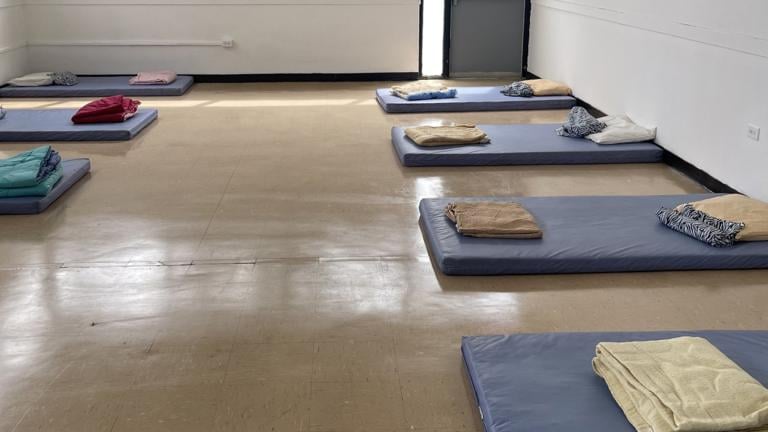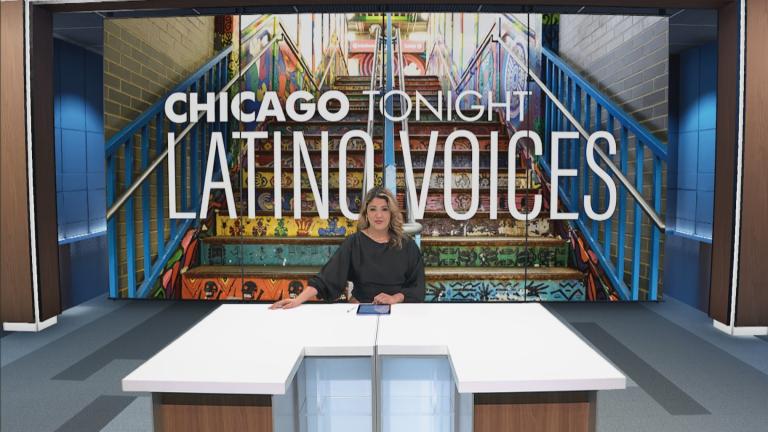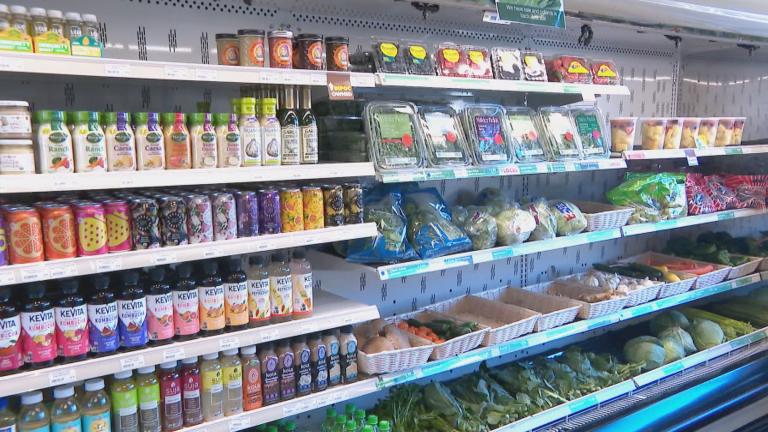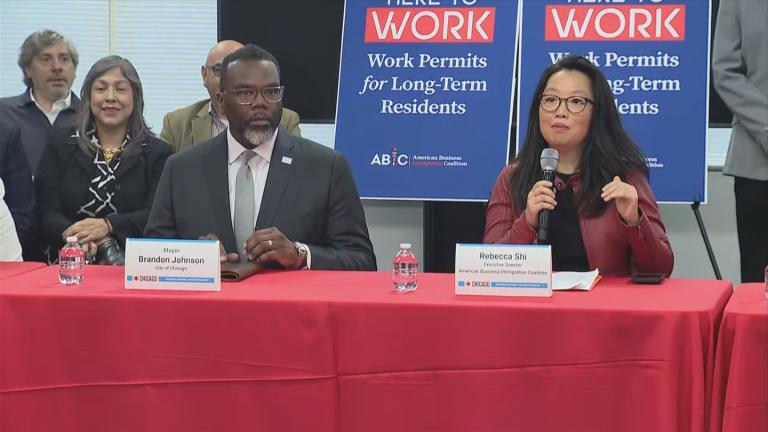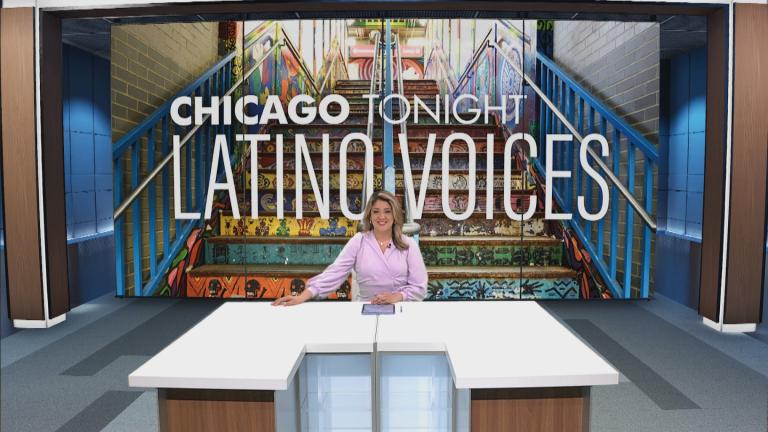As the school year winds down and the weather heats up, many Chicago families find themselves balancing their hopes for a joyful summer for their kids against fears of violence.
In recent weeks, children as young as three years old have been caught by crossfire in incidents of gun violence. Oftentimes those pulling the trigger are themselves very young. But community groups and anti-violence organizations are mobilizing to stop violence before it starts through outreach and intervention.
Yoselin Monzalvo, a volunteer with the community group alliance Belmont Cragin United and Belmont Cragin resident, said she and her neighbors are increasingly concerned about gun violence.
“Especially now since the summer’s coming, there has been more gun violence. I’m very concerned, even just going to the park, it’s like you have to be on the lookout … because it could just happen in a matter of seconds,” Monzalvo said.
Monzalvo said in her neighborhood, offering more opportunities for family-friendly activities has yielded results.
“Where there’s art, music, dancing, they just look for that opportunity outside because obviously … they just want to feel something that they’re not feeling at home. So if we could provide these resources and activities then we will keep them from being busy with bad influences instead.”
Communities United youth organizer Emily Jade Aguilar works with a group of girls and young women. She said simply having people and place to meet can go a long way toward making young people feel connected to each other and reducing violence.
“Not having safe spaces for young people to hold community really increases violence,” Aguilar said.
Aguilar said organizations can have the best intentions, they often exclude young people from their planning, and that is to the detriment of the resulting efforts.
“Young people have the answers to everything, right? Because we’re the ones that are experiencing ourselves in our communities. Whether that’s your geographical community or being Latino or Black or queer,” she said. “What we’re really asking for is … for us to be part of these conversations of how we can improve our communities or how we can provide resources. Just because we’re living in a different world. Something that worked five years ago does not work in a pandemic, does not work in a new age with technology. And so when we say have youth in mind, we really need to activate our young people and give them those leadership skills.”
BUILD Chicago CEO Adam Alonso said that when it comes to violence prevention, being present for children must start early.
“We want to be able to form relationships with them when they’re very young so they have positive adult mentors in their lives and more importantly, so that we can form a relationship with their parents as well, so that we’re all working together for the betterment of that young person,” Alonso said. “I think in particular now when we see young perpetrators of violence, you know, what happened? Where were there some gaps? Did we miss a beat somewhere?”
Alonso said BUILD uses participation rates as a way to know when a given program is on the right track, but ultimately, it’s the cumulative effect of community programming that will bring about lasting violence reductions.
“If we’re able to get 100 new young people through the door based on increased funding and that they are with us over the course of the school year, throughout a year and we see we do mutual accountability plans with each one, which is goal setting to make sure that they’re on track for what they’d like to achieve — that’s how we measure,” he said. “We would never be in a position to say that because of our program alone and help to reduce violence across an entire neighborhood … it’s a collection of these things that happen together and in tandem. So when you infuse a community with more resources … it really starts to show over time that young people feel connected rather than disconnected.”
Paulino Vargas, outreach team member at New Life Centers in Little Village, said high-profile shootings of children elicit a different reaction from community members than that of older teens and young adults.
“If they’re younger, you hear more of an outcry from the community and rightfully so, but we try to treat all the victims equally, right? The loss of life is still a loss of life regardless of the age. You hear more outcry over an 8-year-old girl being shot than you do a 16-year old-male who may be living a lifestyle that people don’t really understand,” Vargas said.
Vargas also pointed out that it can be difficult for a young person to reverse course once they have a run-in with the law.
“Unfortunately, a lot of our kids catch cases at a young age, have a record. So not a lot of people are trying to hire them and there’s not enough opportunities,” he said.
Vargas offered advice to parents worried about their children becoming victims or even perpetrators of violence.
“Definitely the way they dress — certain parts of the neighborhood wear certain colors. So keep an eye out for that. Tagging on notebooks, writings on desks at school, their haircuts, the way they wear their belts,” he said. “Everybody in the community knows who’s who. So just pay attention to who your kids are hanging out with, get them involved in programs. We have after school programs, summer programs, there’s a boxing gym, Little League softball. Being involved in their lives and in the small details matter.”

